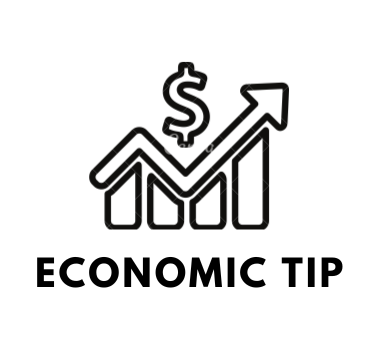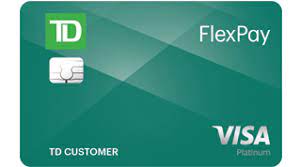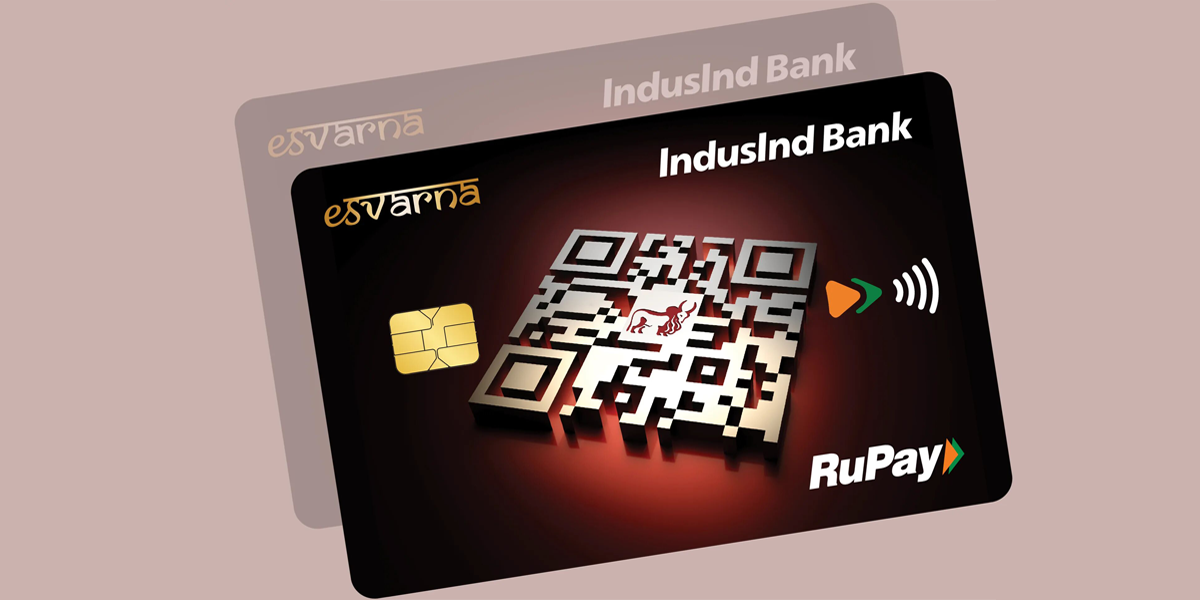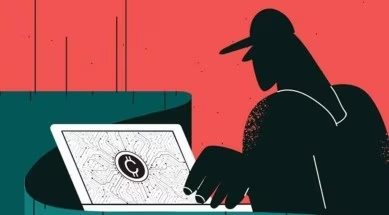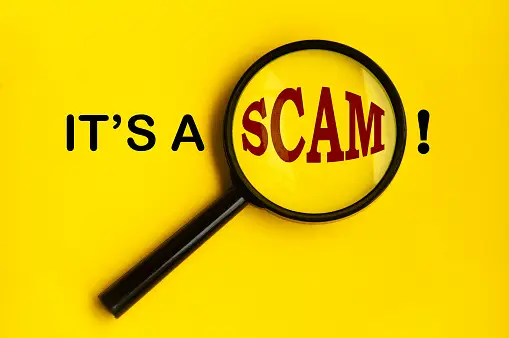Vivifi India Finance, a non-bank lender based in Hyderabad, has recently launched a payment option called Flexpay.
Vivifi India Finance, a non-bank lender based in Hyderabad, has recently launched a payment option called Flexpay. It allows customers to pay using a line of credit on the Unified Payment Interface (UPI) when they do not have enough funds in their bank accounts or virtual wallets. This payment option allows customers to scan any UPI QR code or UPI ID to make offline purchases, and it is accepted by all merchants, from small Kirana stores to large retailers.
According to Anill Pinapala, founder and CEO of Vivifi, FlexPay is a shot in the arm for our vision of expanding credit access to non-prime and low-income borrowers who currently rely on friends and family or unlicensed money lenders when faced with a cash crunch.
Vivifi leveraged the most sophisticated payment infrastructure in the world to launch a credit line on the UPI platform, which is aligned with the Indian government’s vision for a Digital India and Aatmanirbhar Bharat.
Flexpay has been live for almost two months, and 30,000 customers have already used credit to pay for transactions worth nearly 3 crore. It also facilitates peer-to-peer transactions, which makes it easier for micro-entrepreneurs, especially Kirana stores that do not process credit card payments but offer credit themselves to retain customers.
With FlexPay, these small entrepreneurs can focus on their core business, as their customers now have access to a meaningful credit option.
The company aims to provide a true digital credit card experience with a new payment option, FlexPay. It is significant in a country with only 56 million credit cardholders. Vivifi is extending this product to the next 100,000 customers as the first step in their objective of meeting the credit needs of millions of underserved Indians over the next three years.
FlexPay provides a contactless payment and far-reaching credit card experience for the first time in India, and it is geared towards serving more than 400 million underserved cust
